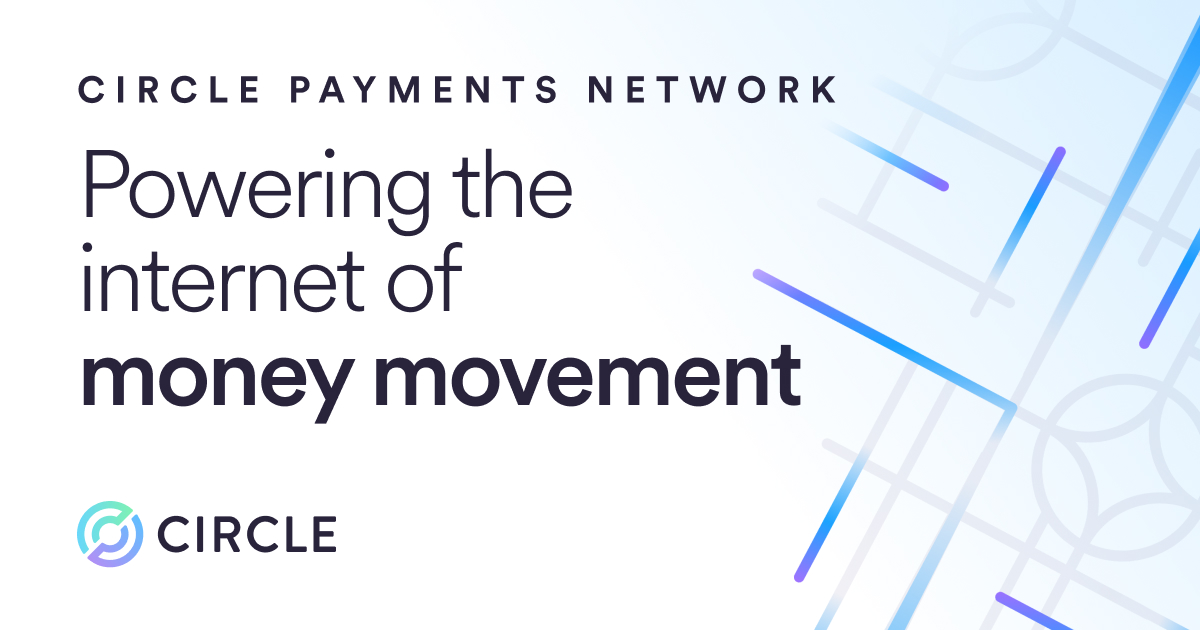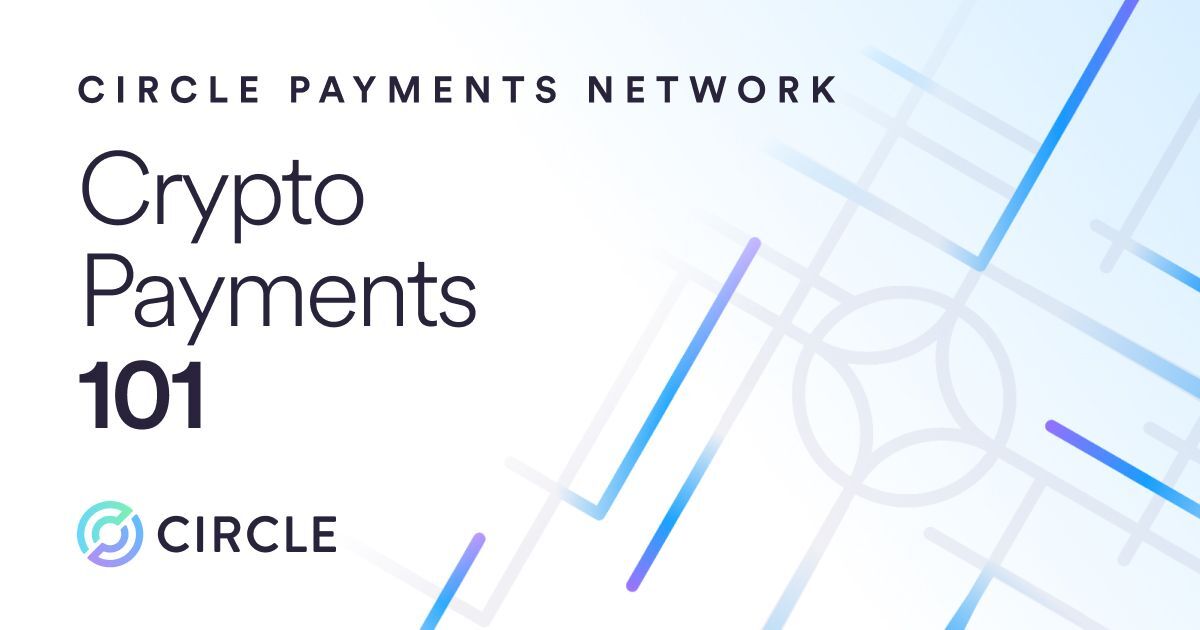Circle Payments Network (CPN) is transforming how duly licensed financial institutions move money globally. By connecting banks, PSPs, and fintechs through a single API, CPN enables near-instant, compliant transfers using stablecoins — reducing the need for pre-funding and unlocking real-time settlement. Built for interoperability, transparency, and scalability, CPN brings the architecture of the internet to the world of payments.

For decades, the financial world has tried to catch up to the rest of the internet. Communication, media, retail, and work have all gone digital, operating at the speed of information. Yet money movement remains trapped in slow, fragmented systems — dependent on legacy rails, intermediaries, and pre-funding requirements that keep capital idle.
Circle Payments Network1 (CPN) represents a fundamental shift: an internet-native network for financial institutions to move money globally using stablecoins. It is designed to connect banks, payment service providers (PSPs), virtual asset service providers (VASPs), and enterprises through a shared set of rules and a single API.
In short, CPN brings the internet’s architecture to finance — programmable, standardized, and near-instant.
From fragmentation to interoperability
Cross-border money movement is notoriously complex. Each market has its own regulatory frameworks, banking partnerships, and settlement processes. The result? Slow transfers, opaque fees, and inconsistent compliance standards.
CPN addresses these challenges by enabling duly licensed financial institutions to connect once and gain access to a growing network of partners and corridors worldwide. Rather than negotiating one-off integrations or managing multiple nostro accounts, participants connect through a single orchestration layer. This means:
- Global access through one API: Corridors are already live across Brazil, China, Colombia, Hong Kong, Mexico, and Nigeria, with expansion underway in India, the Philippines, Singapore, EEA, UAE, and the US.
- Standardized compliance framework: Shared rules, robust eligibility requirements, ongoing monitoring, and embedded travel rule handling promote regulatory alignment across jurisdictions.
- Near-instant settlement on blockchain rails: Stablecoin transfers happen in seconds, while complete end-to-end local currency transfers (e.g., USD to USDC to HKD) typically happen in minutes via Ethereum, Solana, and Polygon, providing near-instant movement of funds.
By abstracting away the local complexity, CPN makes global money movement as interoperable as sending data packets across the internet.
“Our goal with CPN is simple,” said Sunil Sharma, VP of Product Management for Payments at Circle. “We want money to move on the internet as seamlessly as information — fast, secure, and compliant everywhere it flows.”
Built for regulated finance
CPN builds on the strengths of blockchain networks — speed, transparency, and programmability — and layers in the compliance and governance that regulated institutions require.
Every institution in the network is duly licensed to move money within its jurisdiction. Each retains control over its risk exposure — including the ability to configure operational rules and approve or decline incoming transactions. Information shared between originating and beneficiary institutions is fully encrypted, providing privacy while maintaining adherence to global compliance standards. This balance of programmability and governance enables participants to scale confidently while meeting regulatory expectations in the diverse markets they operate in.
“Every participant on CPN is a duly licensed financial institution,” Sharma explained. “They keep control over their own compliance and risk preferences — we simply provide the infrastructure and rules that make it work together.”
Liquidity and efficiency, reimagined
Traditional cross-border payments require capital to be pre-funded in local markets — tying up liquidity and limiting operational flexibility. With CPN, transactions are settled onchain in USDC (and eventually with options for other stablecoins), meaning money can move globally without intermediaries or pre-funding. The result is a step-change in operational efficiency: capital is freed, fees are reduced, and the end-to-end experience feels near-instant.
CPN’s network model also aggregates supply and demand across participating institutions, unlocking competitive FX rates and improving liquidity depth.
A network built for what’s next
Global commerce no longer moves in one direction. Funds flow from the Global North to the Global South, between emerging markets, and back again. Each transfer — whether a remittance, a marketplace payout, or a business disbursement — deserves to be as seamless as sending an email.
That’s what CPN is designed to deliver:
- A global network for duly licensed financial institutions to send and receive value globally.
- Programmable, real-time, stablecoin-based settlement that moves money at internet speed
- Standardized compliance and governance to maintain regulatory integrity across corridors.
In doing so, it bridges the gap between traditional and digital finance — enabling institutions to move money safely, near-instantly, and globally.
The internet transformed how information travels. With CPN, money is finally catching up.
Learn more in our recent webinar, or join the network.
1 Circle Technology Services, LLC (CTS) is the operator of Circle Payments Network (CPN) and offers products and services to financial institutions that participate in CPN to facilitate their CPN access and integration. CPN connects participating financial institutions around the world, with CTS serving as the technology service provider to participating financial institutions. While CTS does not hold funds or manage accounts on behalf of customers, we enable the global ecosystem of participating financial institutions to connect directly with each other, communicate securely, and settle directly with each other. CTS is not a party to transactions between participating financial institutions facilitated by CPN who use CPN to execute transactions at their own risk. Use of CPN is subject to the CPN Rules and the CPN Participation Agreement between CTS and a participating financial institution.





